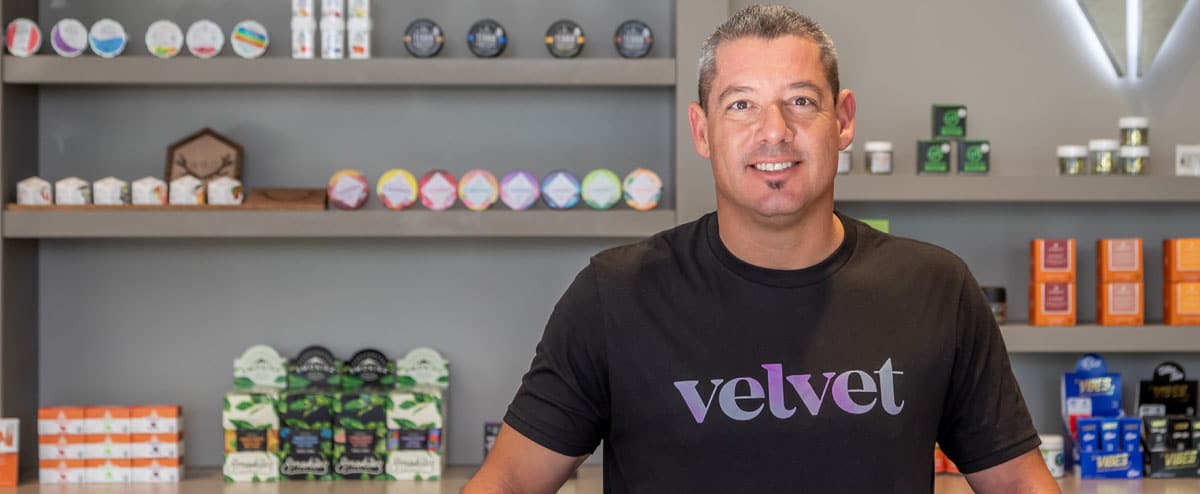
Riding the Green Rush: A Road Map for Cannabis Brands in 2021
Brands may want to be strategic rather than opportunistic this year.
By Matt Morea
The cannabis marketplace is rapidly evolving, offering tempting opportunities — and tough decisions — for brands with an appetite for growth. Established brands are at a crossroads: Is it smarter to cash in on the first-mover advantage and launch into new markets, building brand awareness and scaling geographic reach? Or should they focus on growing market share, expanding shelf space, and growing sales and revenues within their current markets?
As an entrepreneur with roots in corporate America, I can’t say this question is unique to cannabis. However, I have to point out some distinct challenges that cannabis brands face due to the residual red tape in an industry that is moving at both lightning speed in terms of innovation and a somewhat glacial pace in terms of licensing and institutional acceptance.
For brands that take on funding for growth, the crux will be about navigating this timing: Will they be able to scale sales and distribution and grow revenue quickly enough to meet investor commitments?
In states like California, licensing for cannabis dispensaries and distributors has been measured at best. Municipalities have been slow to adopt local cannabis ordinances, score and rank the potential applicants, and ultimately award licenses. Local politicians have been reluctant to fully endorse cannabis in their jurisdictions, even with the overwhelming majority of their constituents voting for adult-use legalization, resulting in strict zoning regulations and limited real estate opportunities.
So, despite the glut of landlords looking to cash in on the “green rush” — and a burgeoning marketplace of operators competing for the real estate holdings in play — distribution opportunities within the state remain limited, making expanded distribution for cannabis brands difficult.
So, why not expand out of state? The short answer is that cannabis is still federally illegal. Brands that wish to move across state lines need to replicate the supply chain and their operations in each new state in which they wish to operate. Not only is this a very expensive and time-consuming path to new markets, but it also makes product and, ultimately, brand consistency challenging because they must start with different “raw materials” or base ingredients from state to state. Additional capital requirements, more headcount and overall SG&A, combined with the potential loss of focus and bandwidth due to multiple market initiatives, make this degree of expansion even more challenging.
Of course, at odds with the slow pace of institutional acceptance is the extraordinary pace of innovation in cannabis. New methods of consumption and a huge number of new products are inundating the market so that even established brands with solid sales and distribution strategies are pressed at times to make financial ends meet.
This means that while there may not be a right or wrong answer, it may be better to be strategic rather than opportunistic this year.
Brands that can stay focused on growing steadily and developing deep relationships with their consumers and key retailers will have a leg up in surviving. Taking on debt or other financial obligations to capitalize growth could not only land brands in hot water down the road, but it could also distract them from the necessary work of aligning on a strategic plan that serves their core consumers and drives brand adoption and loyalty. Over time, this focus will lead to expanded market share and new customer acquisition, creating a winning scenario for both the cannabis brand and its retail and delivery partners.
